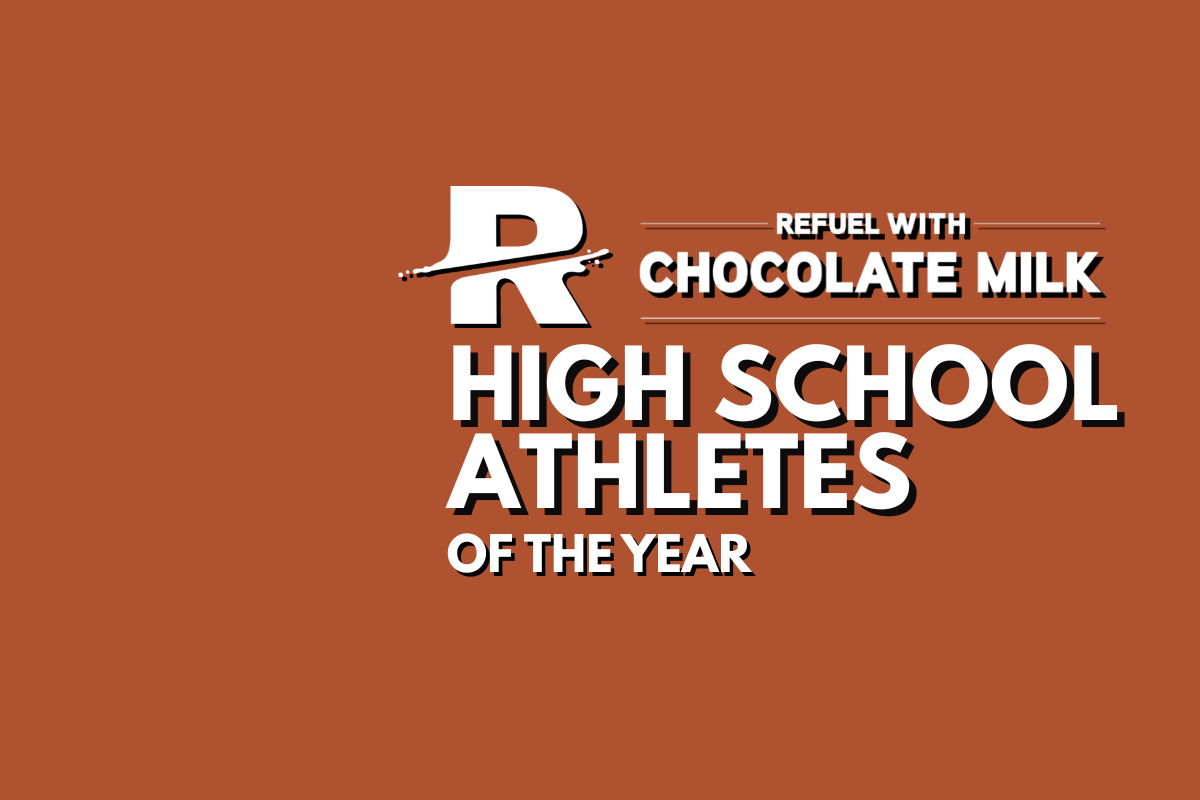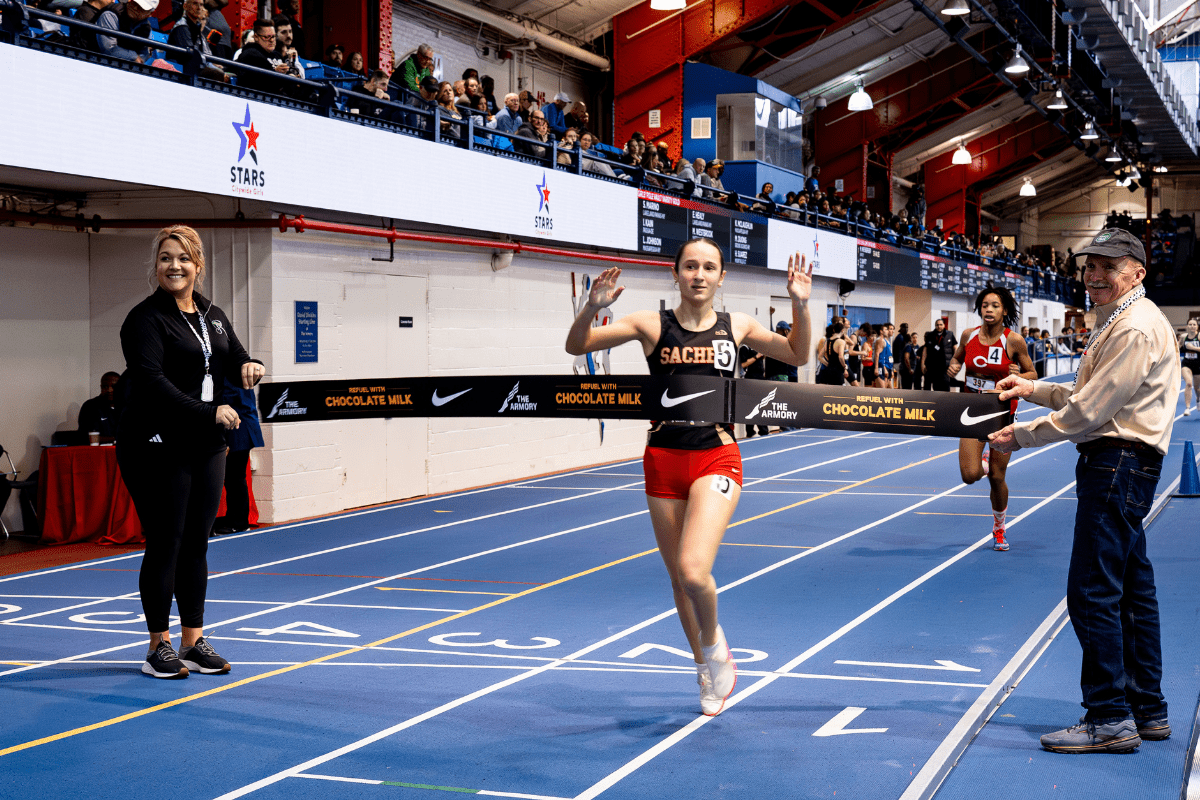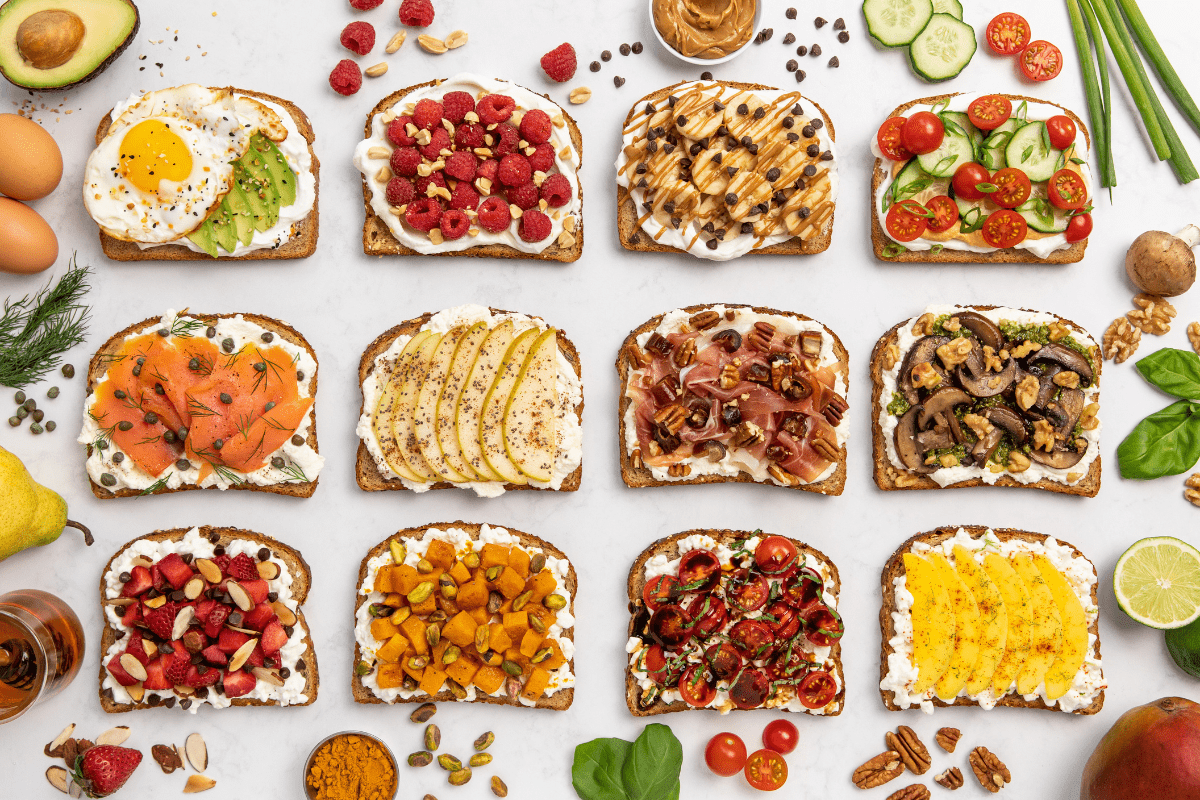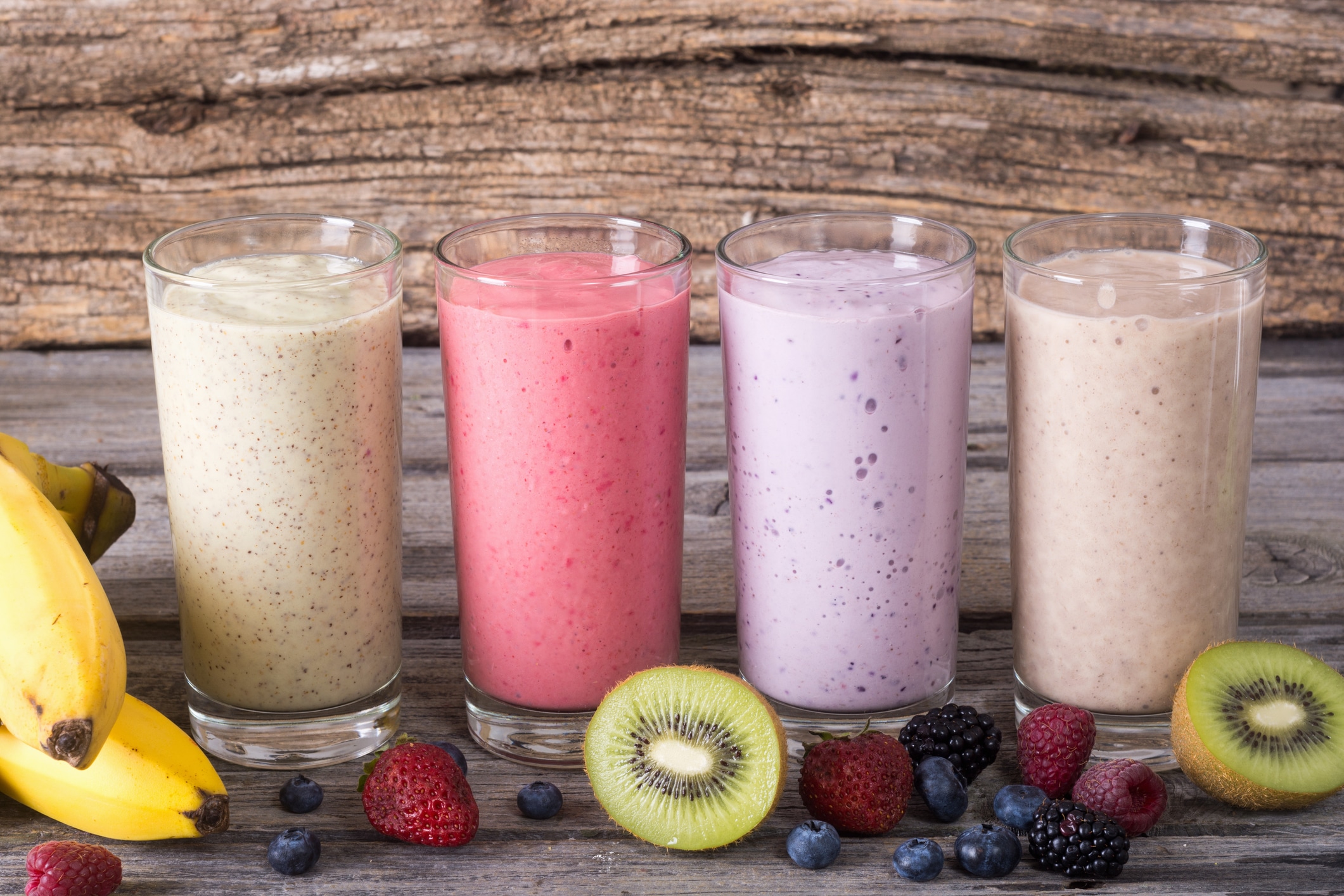The sport of wrestling is very popular among student athletes, yet many are unfamiliar with the sport, and/or are misguided with the training and preparation required to excel in today’s wrestling environment. To fully understand the importance of training and good nutrition, you have to first understand the culture and demands of the sport.
Wrestling has numerous forms or styles but can be generalized as a combat sport between two individuals of the same weight class. Most wrestling in the United States is recognized as Folkstyle or Scholastic wrestling. This form is commonly observed in the youth, high school and college ranks. Folkstyle wrestling awards athletes points for various offensive and defensive combat maneuvers such as takedowns, escapes, and reversals. Wrestlers are motivated by either outscoring their opponent or pinning their opponent, which requires the top wrestler to expose his or her opponent’s shoulder to the mat for a certain number of seconds. A high school wrestling match normally consists of three 2-minute periods.
To compete, athletes must learn technical movements that allow them to attack, defend, and/or counterattack with precision and power. A high level of cardiovascular fitness, strength and speed are all required to outlast and/or overtake the opponent. Wrestlers also need tremendous mental focus and concentration to strategize through the various offensive and defensive maneuvers needed to gain control over the opponent.
Scholastic wrestling competitions include single meets, where wrestlers compete against one opponent; dual meets, where wrestler competes against one or two opponents; or tournaments, where athletes can compete against multiple opponents.
All across the nation, student wrestlers of various levels are in the process of training or preparing for the upcoming wrestling season. What some student wrestlers overlook, however, is the nutrition needed to support that training. An appropriate sports nutrition plan is critical to sustain the energy demands of training in a healthy and safe manner.
Nutrition Recommendations for Wrestling
The energy demand required to physically and mentally outmaneuver opponents on the wrestling mat is considerably high. When determining macronutrient and energy intake, it is important to consider the energy needed on competition day as well as the months leading up to training. Knowledge of the various phases of preparation and devising a long-term plan well in advance of competition can help student athletes navigate these nutrient and energy needs to maximize performance.
Carbohydrate
Carbohydrates are critical for optimal performance of the wrestling athlete. This nutrient provides energy for the short, quick burst of movements needed to take down, escape or outmaneuver an opponent. Glycogen, which is the form of carbohydrate stored in muscle, contributes to high intensity activities that occurs within one minute of a match. Carbohydrates are the primary nutrient used to fuel the sport.
The total daily amount of carbohydrate needed will vary based on the nature of the competition and the intensity, volume and total level of training. In general, during training and competition, the recommended carbohydrate intake is between 5 and 7 grams per kilogram of body weight, per day. For a 150-pound (68 kg) high school wrestler, that equates to ~340 – 476 grams of carbohydrate throughout the day.
Protein
Protein is a valuable nutrient known for its role in building and maintaining muscle and other body tissue. It also supports immune health. To support the muscle breakdown that can occur during training and competition, it’s important for wrestlers to get adequate protein in their daily diet.
Wrestlers typically require between 1.2 -1.7 grams of protein per kilogram of body weight each day. For a 150-pound (68 kg) high school wrestler, that equates to between 82 and 116 grams of protein per day. Dairy products like milk and yogurt, as well as beans and legumes, deliver both high-quality protein and carbohydrates, making them an easy way to get both nutrients. Other protein-rich foods include eggs, cheese, poultry, beef, fish and other seafood.
Fats
Fat is another valuable nutrient that should be included in a wrestler’s diet. In addition to providing energy, it supplies essential fatty acids, helps to insulate and protect organs and provide warmth to the body. Dietary fats also help flavor food and keep you feeling full. Once daily energy, carbohydrate and protein needs are determined, the remainder of the calories will come from fat. While that amount varies from one student athlete to another, wrestlers should aim to get around 1 gram of fat per kilogram of body weight per day. For a 150-pound (68 kg) wrestler, that equates to ~68 grams a day. Healthy fat sources include dairy foods like milk, yogurt, and cheese, as well as nuts, nut butters, olive oil, and avocado.
Below is an example of how a 150-pound wrestler could distribute total daily calories over the course of the day.
Daily Nutritional Requirements for Wrestling
| Based on a 150 lb. Student-Athlete (68 kg) | |||
| Carbohydrates | Protein | Fat | |
| Daily Requirements | 5-7 g/kg/d | 1.2-1.7 g/kg/d | Remainder of calories to meet daily energy requirement |
| Daily Total | 340- 476 g | 82-116 g | Varies based on daily calorie requirement |
| Per Meal (3 Meals/Day) | 90- 115 g | 20-30 g | at least 15 g |
| Per Snack (2 Snacks/Day) | 35 -45 g | 10-20 g | at least 10 g |
Source: Sports Nutrition: A Handbook for Profession
Fueling and Hydrating Before, During and After Training and Competition
As a weight-based sport, wrestling requires athletes to be extremely mindful of their nutrition strategies before, during and after competition. Forming a plan that considers nutrient timing helps to deliver adequate levels of carbohydrates, proteins and fats at the right time to maximize sports performance and body composition.
Before
The National Collegiate Athletic Association (NCAA) and high school wrestling require wrestlers to weigh-in no more than two hours prior to competition. That rule is designed to dissuade wrestlers from engaging in dangerous weight loss strategies, such as food and fluid restriction and instead focus on healthy fueling and hydrating behaviors that can help them excel on the mat.
To support performance, student wrestlers should aim to consume a meal composed of complex carbohydrates, protein and/or some dietary fats, three to four hours before a match. As it gets closer to competition time, it’s important to choose low-fiber, simple carbohydrate foods that will digest faster while still providing a fuel source to optimize energy levels. For ideas on what to eat, check out this post on fueling for competition day.
During
A typical high school match consists of three 2-minute periods with no break between periods. That means there is no eating or drinking during a competition. The food and fluids consumed before will provide energy to perform and help wrestlers maintain a healthy hydration status while competing.
After
Post competition is a vital time to refuel and rehydrate. Consuming carbohydrate-rich foods will help restore muscle glycogen stores, while eating protein can support tissue repair and minimize muscle breakdown.
Dual meet and tournament days can get long, so it is important to bring adequate food and fluids to consume at regular intervals. Wrestlers should pack low fiber, easy digesting carbohydrates for energy, some protein to help support tissue recovery, and plenty of fluids. Sport drinks are a great option before and after matches as well as in between competition since they provide simple carbohydrates, fluid and electrolyte all-in-one. Another great post-competition refuel beverage is chocolate milk, since it provides the carbohydrate, protein, fluid and electrolytes needed to refuel after strenuous activity.
Other Considerations
Since wrestlers compete in weight classes, strength and power relative to total body weight is an important performance quality. Being the strongest wrestler within a particular weight class can no doubt increase the chance of victory. To gain a competitive edge, wrestlers may try to cut weight while working to improve strength. While that sounds good in theory, it can lead to harmful practices like voluntary dehydration that negatively impact a student athlete’s health.
Though voluntary dehydration to promote a rapid weight loss is a common practice in the wrestling community, it is highly discouraged. The negative performance effects of dehydration have been well established in research. Not only can it increase physiological stress, but it can also negatively impact power, cardiovascular function, and rate of fatigue – all factors central to a wrestler’s performance. Research has shown that serious dehydration practices prior to competition led to higher rates of skeletal muscle damage as compared to wrestlers who practiced healthy hydration practices. Such short-term practices should be avoided. Instead, athletes should focus on a high-quality nutrition plan that provides all the nutrients needed to succeed.
Wrestling is a complex sport that embraces athletes with a wide range of body types in different weight classes. Success in the sport requires long-term preparation, planning and goal setting. To make sure body composition goals are met and accomplished in a healthy way, consider the help of a registered dietitian nutritionist that specializes in sports nutrition.





